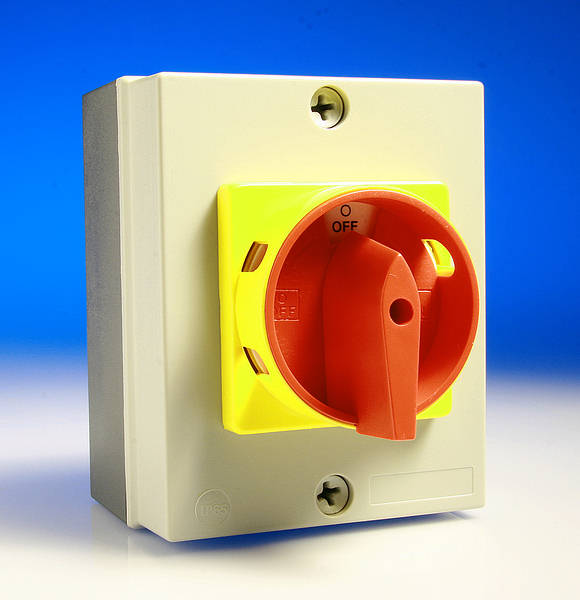I pointed out that the use of a red actuator on a yellow background indicates that the device is suitable for emergency use, and that colour combination shall not be used on other devices.

I pointed out that the use of a red actuator on a yellow background indicates that the device is suitable for emergency use, and that colour combination shall not be used on other devices.



Anyway, back to the question - what actually is wrong/non-compliant with either of those NVR switches?Remember that there are things that need to be turned on, or started, in an emergency, and perhaps locked on until that emergency has been dealt with. I agree that if the purpose of the device is for emergency stopping then it should not be lockable in the on position.
Why are they permitted in other potentially life/death situations, such as when someone needs to activate an alarm, or open an emergency exit?As for break-glass enclosures, they impede access to the device, and hence are not compliant to the Machinery Directive.
Education education education.Several studies have shown that people don't like breaking the glass, so they might not operate the device when they really should.
I rather doubt that any amount of education would appreciably alter the way people react (or don't) 'in the heat of the moment' in the face of some sort of emergency.Education education education.Several studies have shown that people don't like breaking the glass, so they might not operate the device when they really should.
Ah - I thought those big round red bits were the buttons.Those flap switches usually fail the latching tests, and always fail the robustness tests. They are just a hindrance to operating the stop button underneath them.
I can't see it!.
Where's the number for Specsavers?
If you need to find a tradesperson to get your job done, please try our local search below, or if you are doing it yourself you can find suppliers local to you.
Select the supplier or trade you require, enter your location to begin your search.
Are you a trade or supplier? You can create your listing free at DIYnot Local
